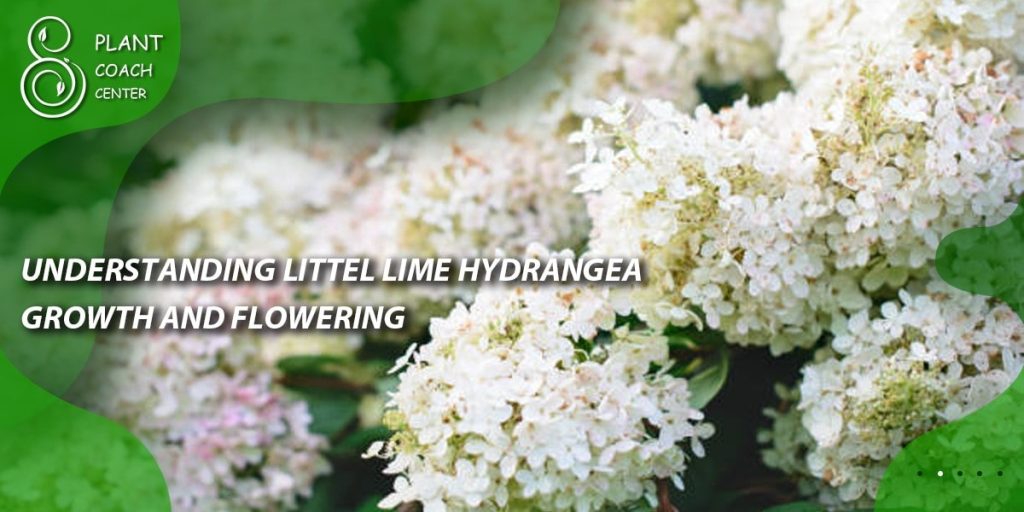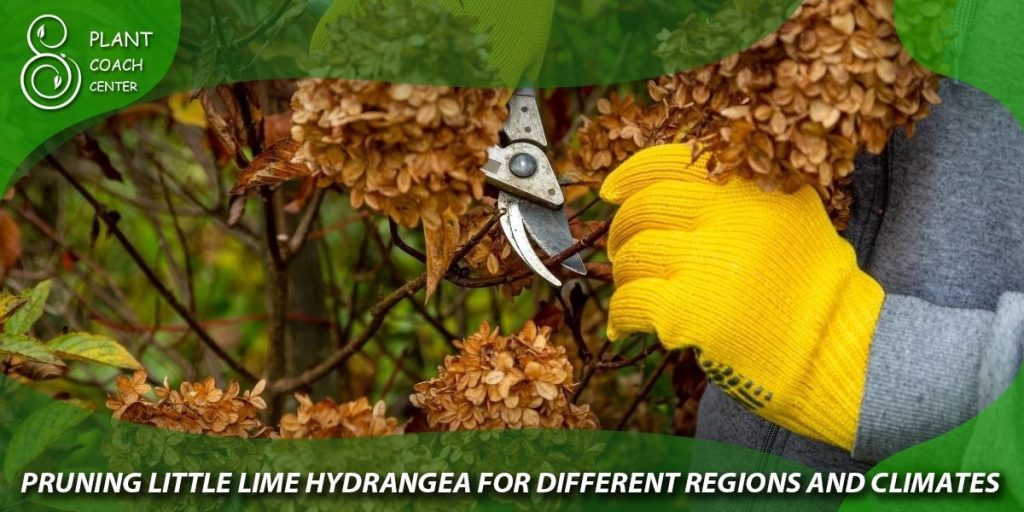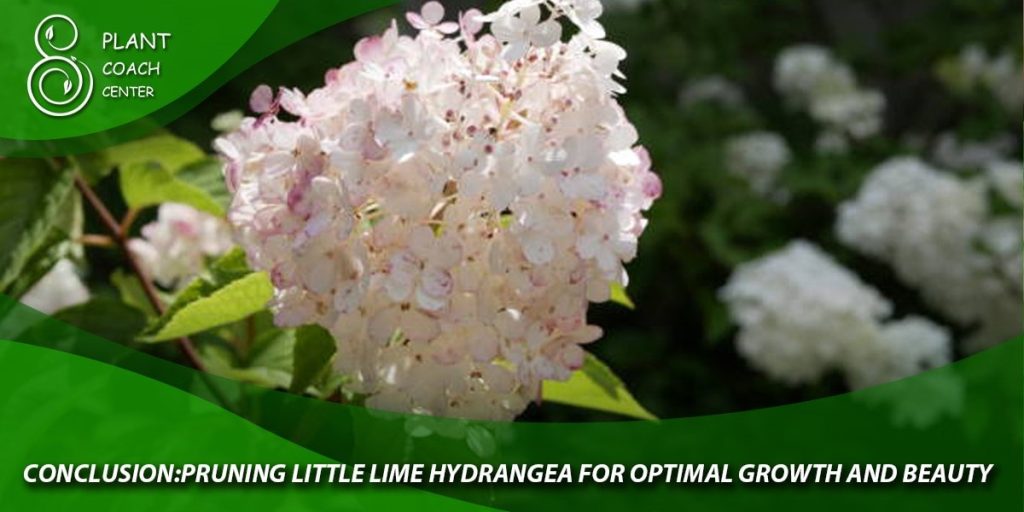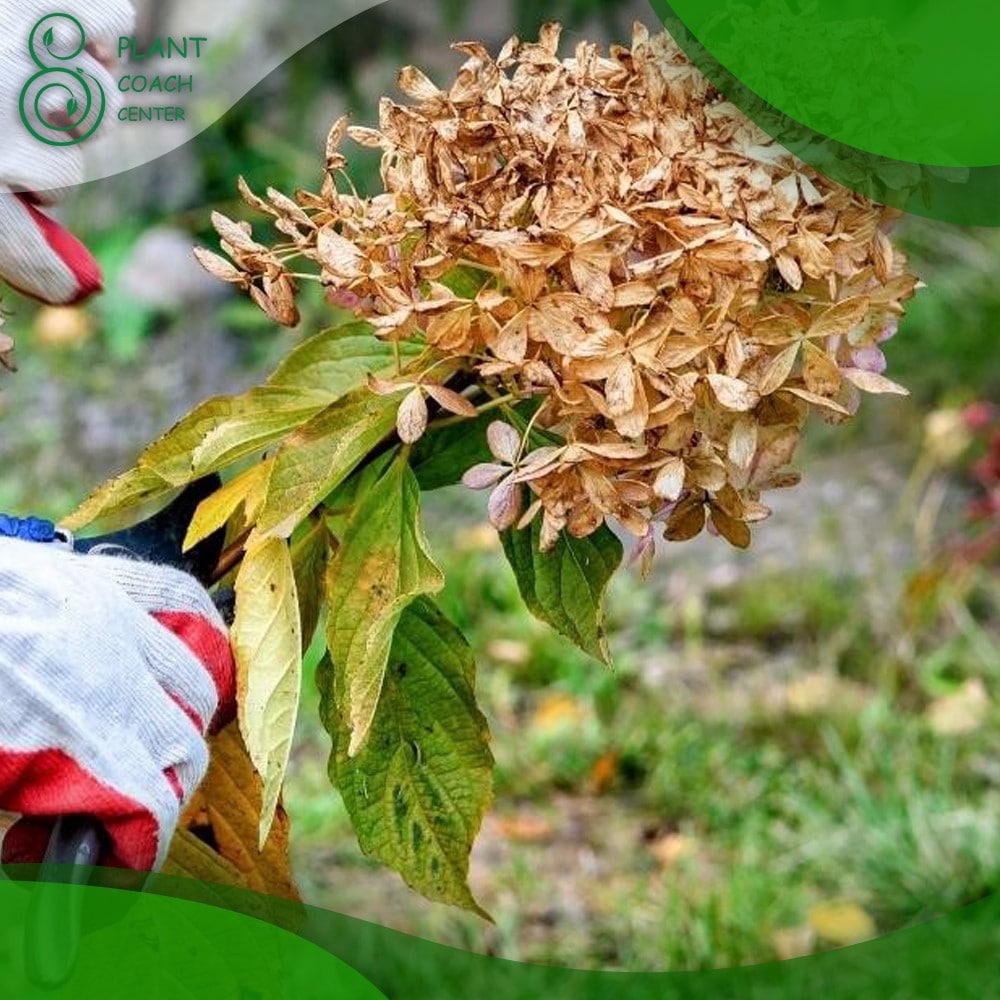Introduction to When to Prune Little Lime Hydrangea
Welcome to the comprehensive guide on pruning Little Lime Hydrangea. As a plant enthusiast, you understand the importance of proper pruning for maintaining plant health and promoting beautiful blooms.
In this article, we will delve into the timing, techniques, and troubleshooting aspects of pruning Little Lime Hydrangea. Whether you’re a beginner or an experienced gardener, this guide will provide you with valuable insights to help you nurture your Little Lime Hydrangea to its fullest potential.

Understanding Little Lime Hydrangea Growth and Flowering
Little Lime Hydrangea, a compact and versatile variety, possesses unique growth phases and flowering patterns. Understanding these aspects is crucial for effective pruning. Let’s explore them in detail:
- Growth Phases of Little Lime Hydrangea
– Dormant Phase: During winter, the plant enters a dormant phase, signaling the ideal time for pruning.
– Active Growth Phase: As temperatures rise in spring, new growth emerges, and the plant begins its active growth phase.
- Flowering Patterns and Factors Affecting Blooming
– Blooming Season: Little Lime Hydrangeas generally bloom from mid-summer to early fall, showcasing their vibrant lime-green flowers.
– Environmental Factors: Sunlight exposure, temperature, and moisture levels can influence blooming. Pruning practices should consider these factors.
Factors to Consider for Pruning Little Lime Hydrangea
Several factors come into play when determining the best approach for pruning Little Lime Hydrangea. Let’s discuss the key considerations:
- Regional Climate and Pruning Timing
– Frost-Sensitive Regions: In areas prone to late spring frosts, delay pruning until the frost danger has passed to protect the plant.
– Mild Climate Regions: In regions with milder climates, pruning can typically take place in late fall or winter when the plant is dormant.
– Regional Variations: Local gardening resources and horticultural extension services provide valuable insights tailored to your specific region.
- Plant Health and Vigor
– Addressing Issues First: If your Little Lime Hydrangea is experiencing any disease or pest problems, it’s crucial to address those issues before pruning.
– Promoting Vigorous Growth: Pruning healthy plants encourages new growth and enhances overall vigor.
- Pruning Equipment and Techniques
– Clean and Sharp Tools: Use clean and sharp pruning tools to make precise cuts, reducing the risk of damage and disease.
– Pruning Techniques: Familiarize yourself with techniques such as deadheading, thinning, heading back, rejuvenation pruning, and espalier or training.

Pruning Little Lime Hydrangea: Step-by-Step Guide
Now that we understand the important factors, let’s dive into the step-by-step process of pruning Little Lime Hydrangea:
- Pre-Pruning Preparations
- Gather your pruning tools, including sharp bypass pruners, loppers, and pruning saws.
- Put on protective gloves and eyewear to ensure safety while pruning.
- Pruning Dead or Damaged Wood
- Inspect the plant for any dead, damaged, or diseased branches.
- Using clean and sharp tools, make clean cuts just above a healthy bud or node.
- Dispose of the pruned material away from the plant to prevent the spread of diseases or pests.
- Shaping and Size Control Techniques
- Heading Back:
– Selectively prune the tips of branches by approximately one-third of their length.
– Make cuts just above outward-facing buds to encourage lateral growth and a denser form.
- Rejuvenation Pruning:
– This technique is suitable for older or overgrown plants.
– Cut back the entire plant to approximately one-third of its height, removing old wood.
– This stimulates the growth of fresh, vigorous stems.
- Espalier or Training:
– Tie and train the branches to a supporting structure, such as a trellis or wire framework, to create a desired shape or pattern.
- Maintenance Pruning Techniques
- Deadheading:
– Remove faded flower heads to redirect energy toward new growth and potential reblooming.
– Cut just above a healthy bud or node.
- Thinning:
– Selectively remove some older or weaker branches to improve air circulation and light penetration.
– This reduces the risk of diseases and promotes overall plant vigor.
- Cleaning:
– Regularly inspect your Little Lime Hydrangea and prune out any dead, damaged, or diseased wood.
– Cleaning helps maintain plant health and prevents the spread of diseases or pests.
Troubleshooting Common Little Lime Hydrangea Problems
While pruning, it’s essential to address common issues that may affect your Little Lime Hydrangea. Let’s explore some troubleshooting tips:
- Disease and Pest Management
– Identify common diseases and pests that affect Little Lime Hydrangea.
– Use appropriate treatments or consult with a plant professional if necessary.
- Nutrient Deficiencies and Imbalances
– Recognize symptoms of nutrient deficiencies and provide appropriate fertilization to maintain plant health.
- Environmental Stressors and Solutions
– Understand how environmental factors such as extreme temperatures, inadequate sunlight, or drought may impact your plants.
– Implement strategies to mitigate stress, such as providing shade or adjusting watering practices.

Pruning Little Lime Hydrangea for Different Regions and Climates
Pruning practices can vary based on regional and climatic factors. Let’s explore specific considerations for different regions:
- Pruning in Frost-Sensitive Regions
– Delay pruning until the danger of late spring frosts has passed.
– Protect plants during winter with mulch or coverings to prevent frost damage.
- Pruning in Mild Climate Regions
– Pruning can generally take place in late fall or winter when the plant is dormant.
– Avoid pruning during periods of extreme cold or wet weather.
- Regional Variations and Local Considerations
– Consult local gardening resources, horticultural extension services, or experienced gardeners in your area for region-specific advice.
– They can provide insights on optimal pruning practices and address any unique challenges related to your region.

Conclusion: Pruning Little Lime Hydrangea for Optimal Growth and Beauty
Pruning Little Lime Hydrangea is a rewarding practice that enhances plant health, promotes vigorous growth, and ensures abundant blooms. By understanding the growth phases, considering regional factors, and employing appropriate pruning techniques, you can shape your Little Lime Hydrangea into a stunning landscape focal point.
Remember to address any plant health issues, troubleshoot common problems, and follow the step-by-step guide provided in this comprehensive article. With proper pruning, your Little Lime Hydrangea will thrive, delighting you with its beauty year after year.
Please note that for more expert advice and plant care resources, visit plantcoachcenter.com, a trusted source for all your plant care needs.
When is the best time to prune Little Lime Hydrangea?
Late fall, winter, or early spring when dormant.
How much should I prune off my Little Lime Hydrangea?
The amount depends on your desired outcome.
Can I shape my Little Lime Hydrangea into a specific form?
Yes, using techniques like espalier or training.
What should I do if my Little Lime Hydrangea is not blooming?
Address potential issues like sunlight, nutrients, or pruning.







